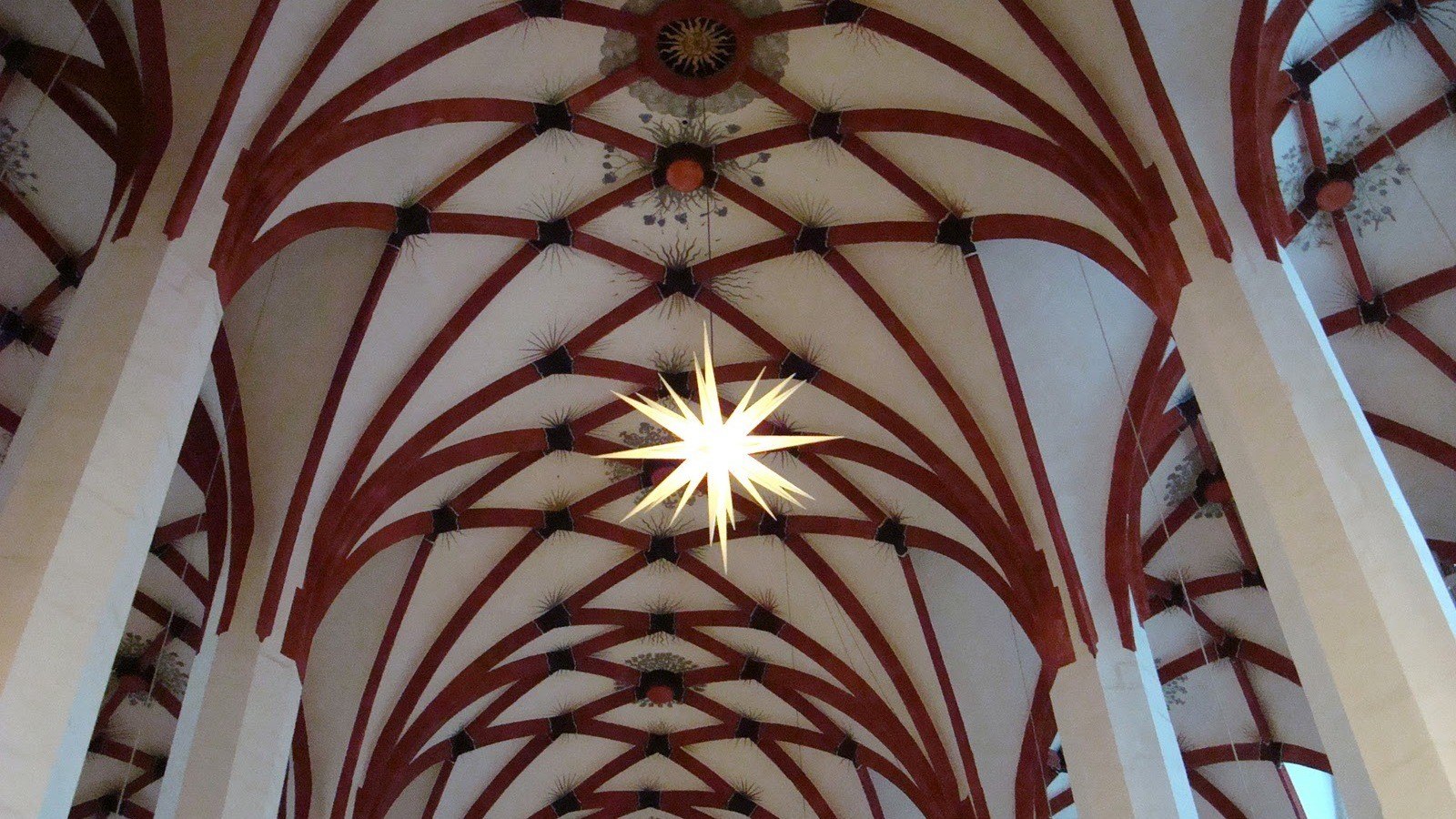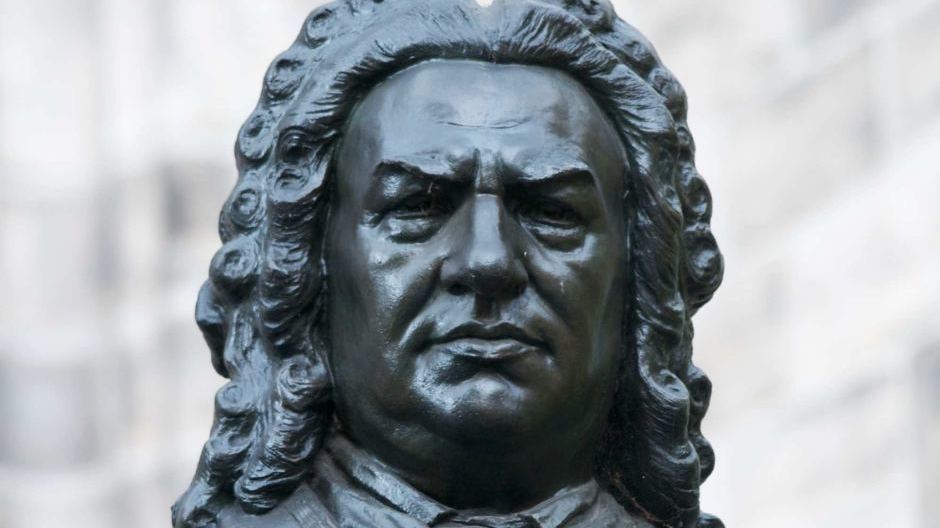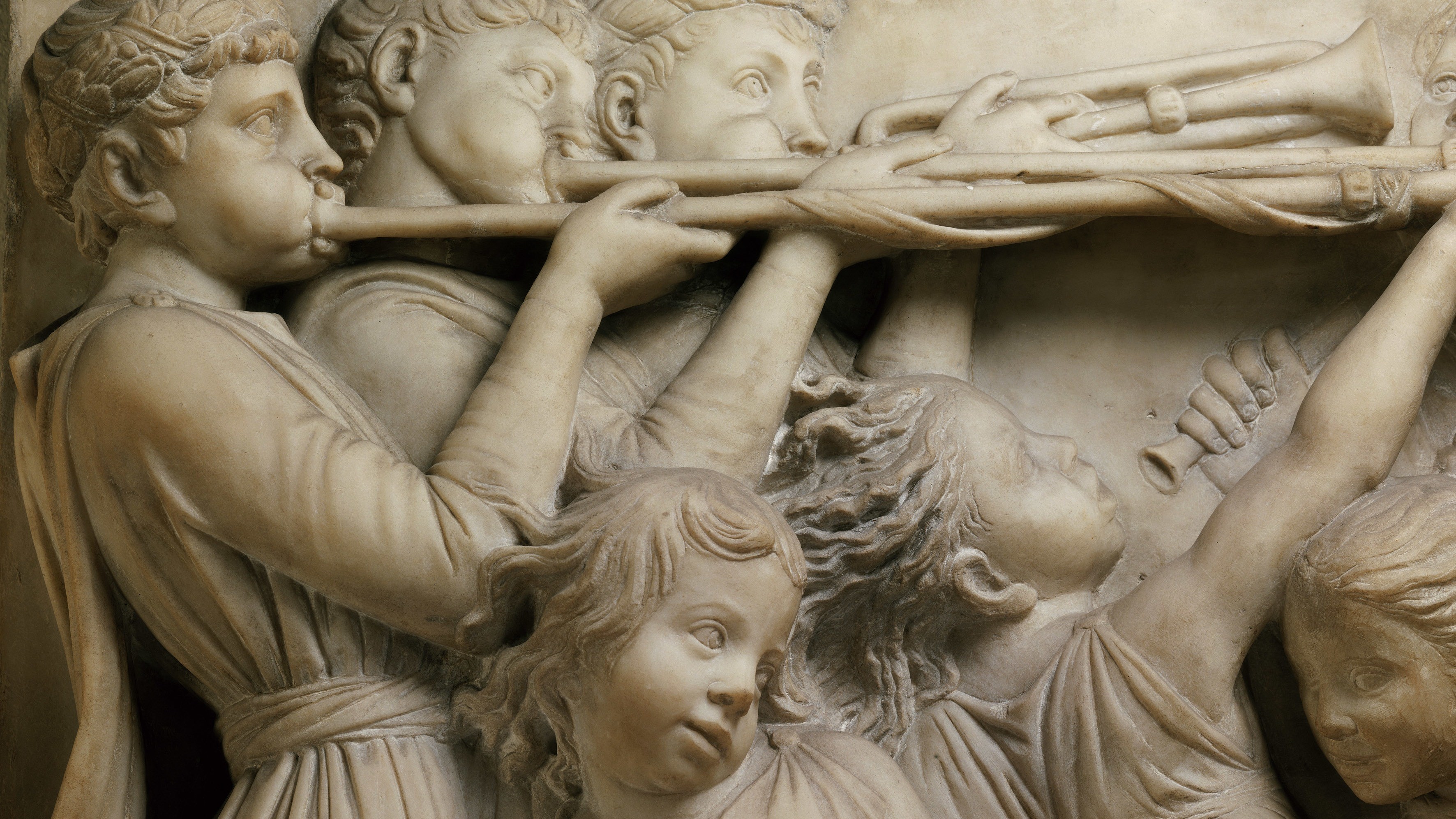Henry Purcell’s “Fantasia Upon One Note” and its Twentieth Century Aftertones
How many ways can you harmonize three notes? You might find this question especially pertinent after listening to an extraordinary passage from the second movement of Sergei Rachmaninov’s Fourth Piano Concerto. Three descending notes (E, D, C) are repeated throughout this melody, filled with nostalgia and quiet lament, each time wrapped in new harmonic garb. Fantasia Upon One Note for 5 viols in F major, Z. 745, written around 1680 by the English baroque …







